Killcare resident Beryl Hughes recalls 90 years in suburb
VIDEO: Beryl Hughes has lived in Killcare for almost 90 years and watched the world change in ways unimaginable to her six-year-old self who used to get a lift to school on the baker’s horse and cart.
Central Coast
Don't miss out on the headlines from Central Coast. Followed categories will be added to My News.
WHEN Beryl Hughes arrived in Killcare from Sydney 90 years ago, the village felt so remote her terrified mother locked the doors at night and wedged chairs under the doorknobs.
The tiny settlement was accessed mostly by boat, hemmed in by sparsely inhabited Brisbane Water estuary on one side with rugged bushland all around.
A far cry from suburban Wentworthville where her family had lived until the Great Depression hit.
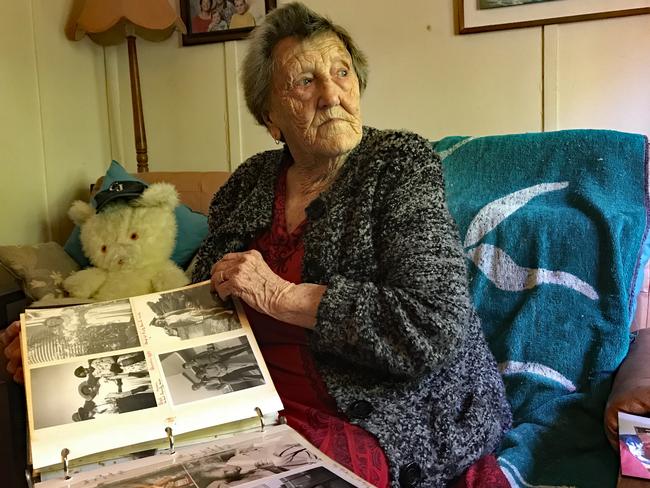
After losing their war service home during the economic slump, Beryl Hughes’ parents came to Killcare with their three young daughters and would eventually build a home on land left to them by her grandfather. There was no electricity and no running water.
Mrs Hughes, now just short of her 97th birthday next April, has lived in Killcare ever since, a stalwart of the local community.
She still lives independently and has remarkably clear memories of Killcare over almost a century. She recalls vividly the depression years that brought her family to the area.
“There were a lot of people out of work,” she said.
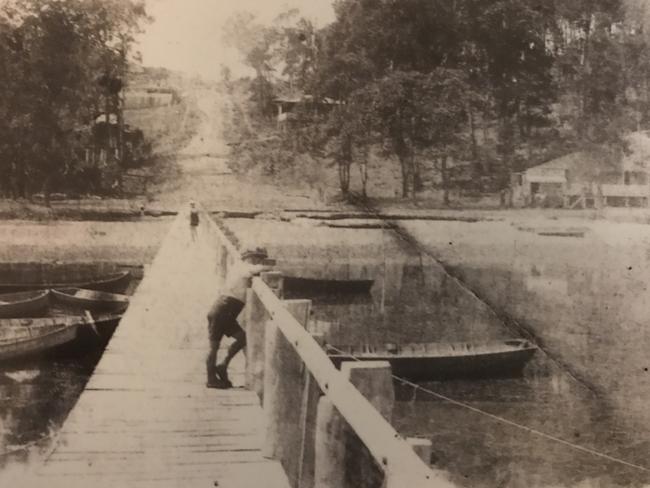
“My father worked week about at the Everslie Railway Workshop, so we were better off than some,” she said.
“He’d stay in Sydney during the week, walking to and from work to save money — and come home on the weekends.
“On a Friday night we’d take a lamp down to meet him at the wharf.”
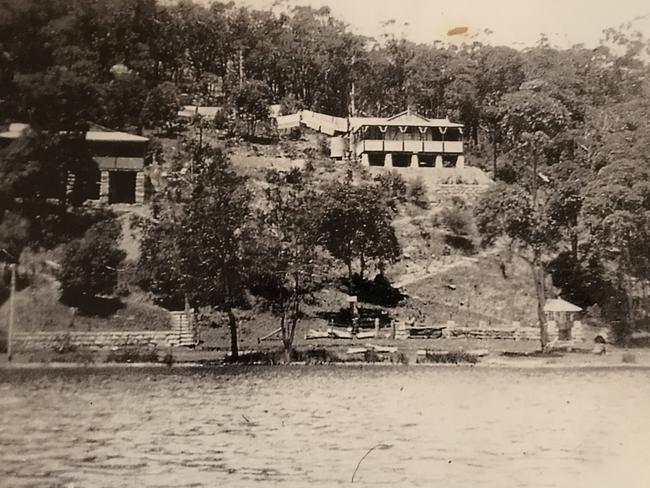
The Depression brought a lot of struggling families to the Central Coast and times were tough. Mrs Hughes said her uncle and aunt and their three boys lived with them for more than a year, and when they left another family member moved in.
Her uncle found work helping in the construction of steep and winding Wards Hill Road which linked Empire Bay with Killcare.
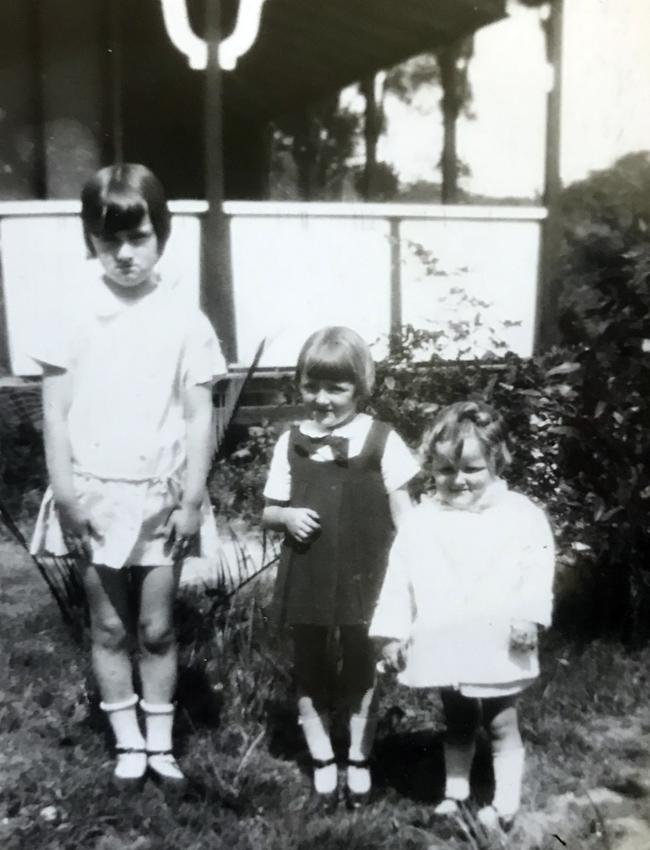
Childhood
Mrs Hughes’ childhood in Killcare was simultaneously idyllic and challenging.
“Put it this way — we’d have a game of cricket — but you wouldn’t need to take the stumps up overnight — you’d just leave them there down on the water front,” she said.
“You could leave your bike at the gate — you couldn’t do that now — it’d be gone by the next day,” she said.
“As a treat during the school holidays my father would take us all camping on the beach at Maitland Bay.”
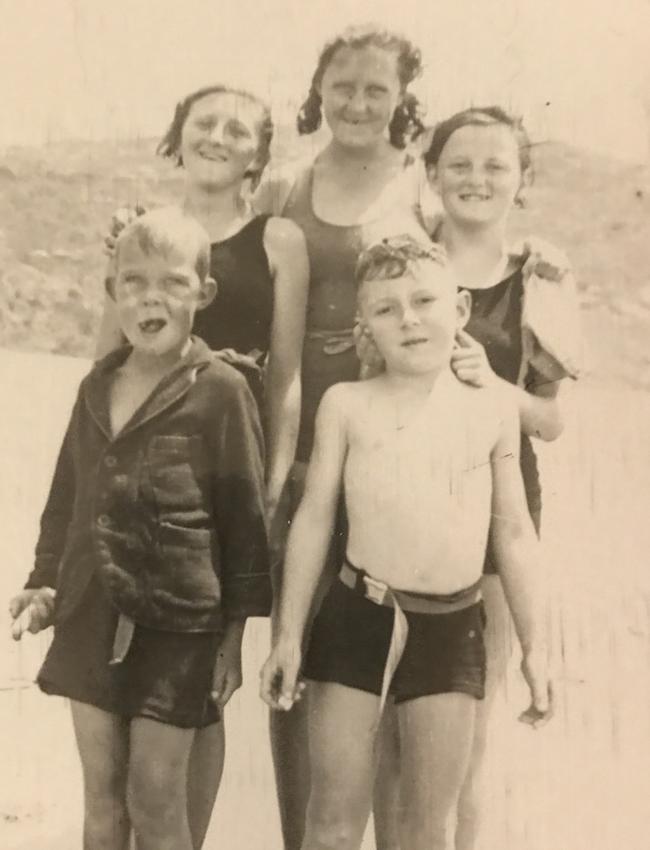
She went to school at Pretty Beach Public School, walking a couple of kilometres there and back from Killcare with her sister.
“I was only tiny and my sister would have to piggy back me home if I got tired,” Mrs Hughes recalled.
“Sometimes the baker would come along — he had a horse and cart and a loud voice — and he would give Dawn and I a lift,” she said.

“I was petrified of the cows and bulls too — they used to just roam around the streets then — there were four dairies here.”
Mrs Hughes started school at about six and left at 14 when the travel to high school became too hard.
“To get to high school I had to leave here, walk to Pretty Beach, catch a boat over to Ettalong, then catch a bus from Ettalong to Woy Woy and then catch the train to Gosford — and then do the same in the afternoon, except you could catch a ferry direct of Hardy’s Bay,” she said.
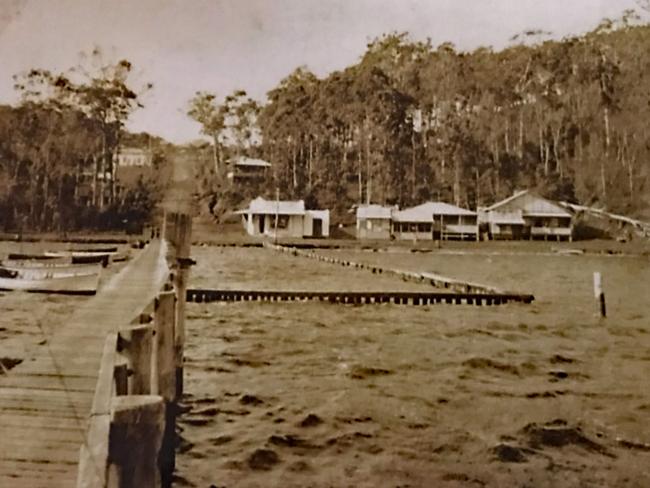
The relative geographical isolation of Killcare in the 1930s presented many challenges.
“To get a doctor, you had to go by rowing boat and bring him back from Woy Woy,” Mrs Hughes recalled.
“When my brother Keith was born the nurse had to come over from Woy Woy and he was born at home,” she said.
“I was sick with pneumonia once — they had to row me there and back.”

Transport
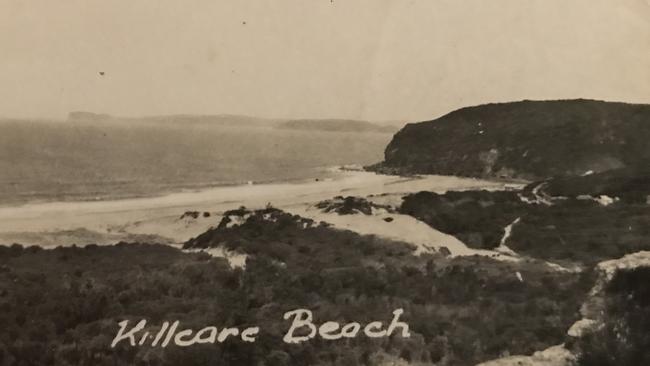
“I never thought I’d have to stand and wait to cross the road here because of the traffic — you couldn’t send a six year old down to the shops anymore,” she said.
“If you wanted to buy a car back in those days, you just couldn’t — you’d have to be satisfied with a wheelbarrow.
“The Owens had a motor car and the Frasers … oh and the Martins had an old truck they sometimes used to take us all down to the beach.
“When my baby brother died, they strapped his little coffin to the running board of one of the cars — you would never see something like that these days.”
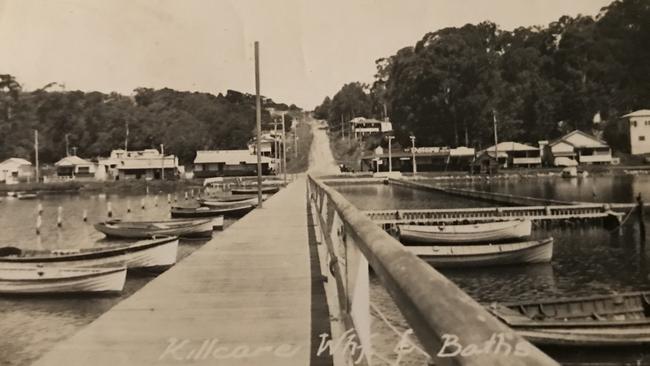
First job
After leaving school, Mrs Hughes got her first job as an usherette in the Woy Woy movie theatre which was then owned by the Riley family after whom Rileys Island was named. Mrs Hughes recalled the Rileys had a farm on the island and she was a regular visitor because she was “keeping company” with one of the Riley boys.
Much later Mrs Hughes would get a job as a cleaner at Pretty Beach Public School — a position she held for 38 years until she retired.
“I loved that job — I loved being with the children actually,” she said.

War years
Mrs Hughes was 15 in 1939 when WWII broke out bringing another six years of challenges for the community.
“They were hard years in many ways — there were no men left hardly — they all joined the army and some of them never came back,” unfortunately,” she said.
She joined the Australian Women’s Land Army and was posted to Leeton in the Riverina for 12 months where she picked fruit and vegetables.
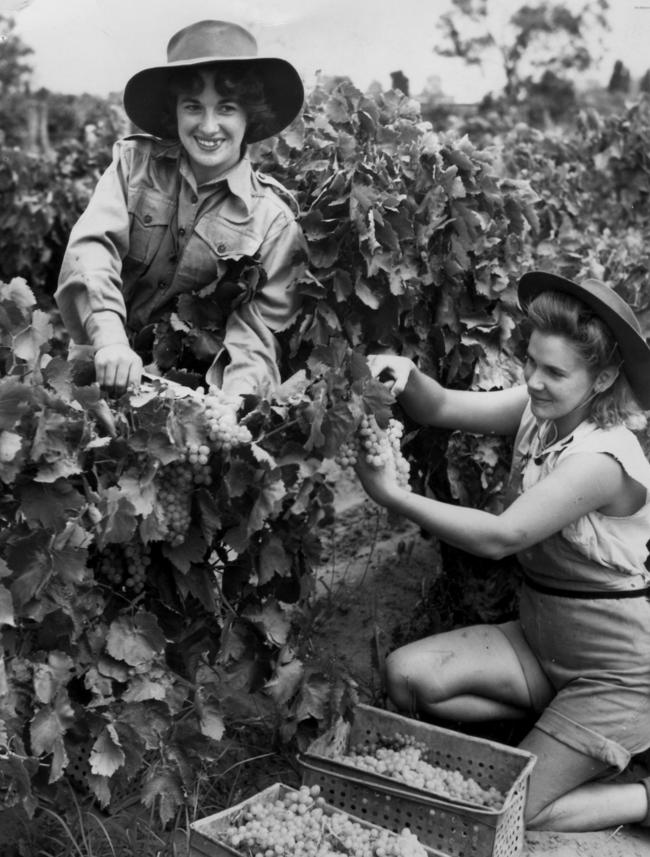
“I liked the work but I’ve never liked apricots since — I picked that many,” she said.
“I was scared of the pigs too — they would run about loose under where you were picking and rattle the ladders.
“I went there fair skinned and when I cam home my sister met me and I was so dark she didn’t recognise me.

Bushfires
“There was a terrible one in the 1970s — an old couple I knew at Killcare Heights wouldn’t come out of their house so I went to see if I could convince them,” Mrs Hughes said.
“By the time I got in there it was raging — it came that quickly — it was all around the house — it burned right up to the back door.
“I thought I was going to be burned to death.”
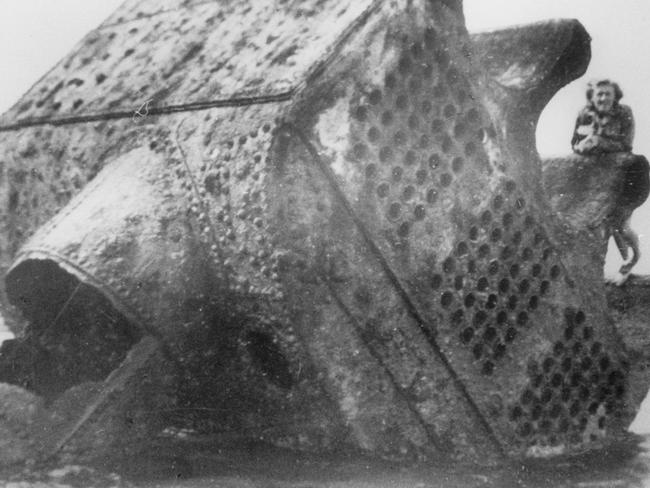
Marriage and children
Mrs Hughes met her Welsh husband in a very unusual way.
“Now there’s a story,” she said.
She and his wife Megan had been long time penfriends and the couple had decided to emigrate to Australia.
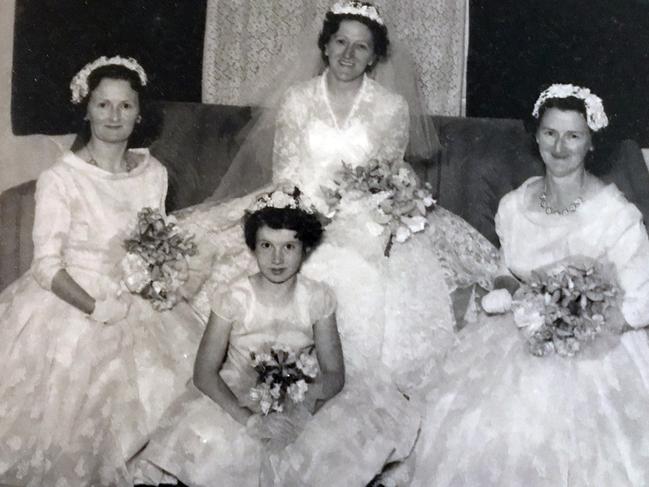
“Then I had a very sad letter from him saying Megan had died suddenly.
“He and his son David decided to continue with the plan to move to Australia — and that’s how we met — I found them a place here until they settled.

“He was nine years older than me but Emlyn was a good husband”
The couple married in 1960 and later adopted two sons, Michael and Gwyn.
SHARE YOUR STORIES
Do you know an older local person who has incredible memories of growing up on the Central Coast? Email catherine.stubbs@news.com.au
